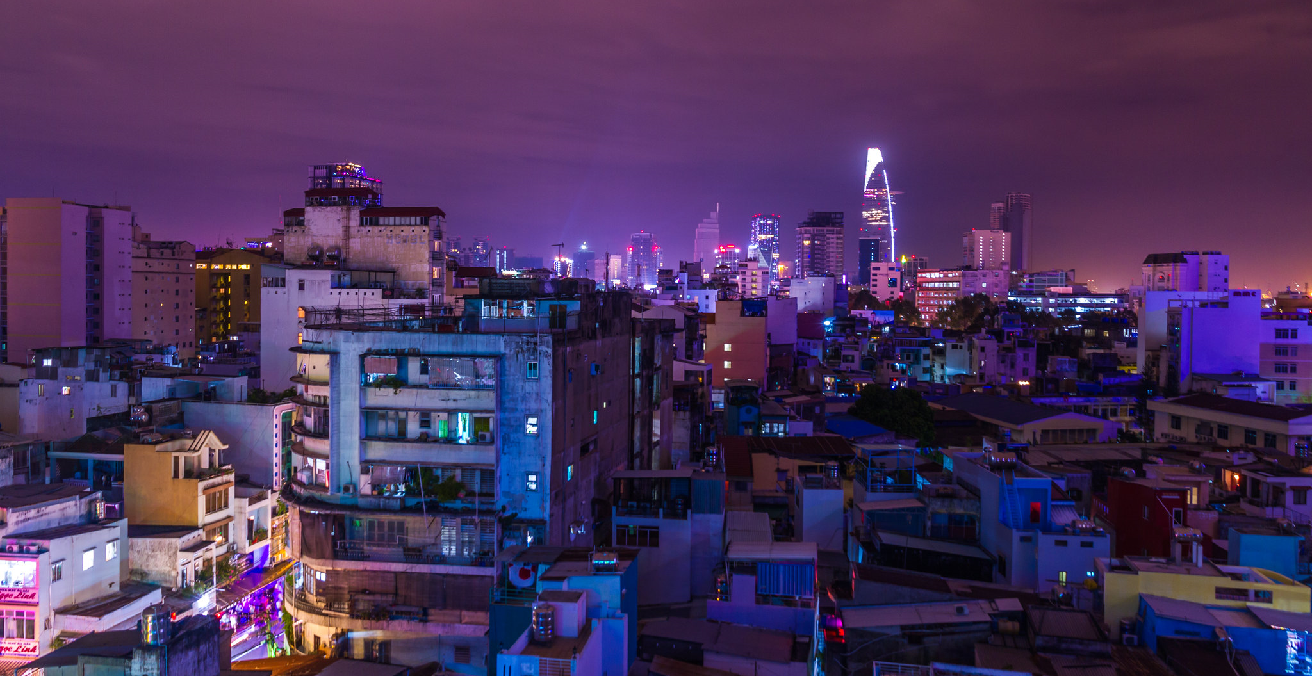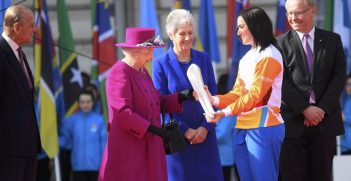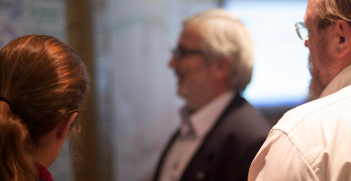Vietnam’s 13th National Party Congress: What It Means for Australia-Vietnam Economic Engagement

The summit’s outcomes suggest continuity in leadership and policy. Some hoped-for economic reforms will progress slowly, but Vietnam’s rising star as a global leader will go unhindered.
This week saw the conclusion of Vietnam’s 13th Party Congress, during which the party selects Vietnam’s four key leadership positions and sets the general guiding principles for the government. This summit, held every five years, is a key event to watch for those who want to understand Vietnam’s leadership and policy direction.
The outcomes are of consequence to Australian policymakers and business as they embark on their early efforts to strengthen economic ties with Vietnam. Vietnam has emerged as a strategic partner for Australia, with both countries having formalised their partnership in 2018.
The outcomes so far are straightforward and suggest continuity in leadership and policy. The current Party General Secretary, Nguyen Phu Trong, was selected for a third term and will continue in a dual-function as state president, a position he assumed in 2018. However, his selection breaks a trend. This is the first time since the reform period that a party chief has been selected to serve a third term. The current prime minister, Nguyen Xuan Phuc, is likely to take the role of president, but this will not be confirmed until the National Assembly meets again within a few months.
Two questions to focus Australia’s attention on Vietnam are what lies ahead for Vietnam’s domestic economic reforms, and also for its international leadership. Vietnam rolled out its agenda of ground-breaking economic reforms 35 years ago at the Sixth Party Congress. These reforms, known as Doi Moi, were designed to lift the country out of poverty and end its economic isolation. They have placed Vietnam on a path of high-speed growth that has continued even in the midst of the COVID-19 pandemic and is on track to be one of the top growing economies in Asia.
The reforms positioned Vietnam to take advantage of the economic dislocation caused by the COVID-19 pandemic and the US-China trade war. Its favourable investment regime, low wages, and its close connectivity with China have transformed it into a major hub in manufacturing value chains.
But despite its white-hot economic growth, Vietnam must continue to carry out reforms to keep the economy on track. While the new economic plan aims to increase participation of private business in the economy, conservative leadership alongside Trọng is unlikely to make meaningful progress on the elevated role of state-owned enterprises (SOEs) in the economy.
SOEs remain a pillar of the Vietnamese economy, and their elevated status in the Constitution gives them a number of advantages over private enterprise, a major complaint from foreign investors. Depending on the sector, an Australian company in Vietnam might be competing with SOEs that operate under less strict legal frameworks and have easier access to land and capital. The dominance of SOEs will make risk-averse Australian business less likely to invest there as both countries have pledged to double their bilateral investment over the next few years.
In 2013, the international business community was disappointed when amendments to Vietnam’s constitution made no changes to the status of SOEs, with Article 51 reading “the state economic sector plays the leading role.” The next five years will only witness small changes made to the SOE landscape apart from Vietnam’s commitments under the Comprehensive and Progressive Agreement for the Trans-Pacific Partnership (CPTPP).
While progress on the state-owned sector looks likely to stagnate, with familiar leaders at the helm there is no reason to expect that other measures to open to foreign investors will slow down. A component of this is Vietnam’s active participation in the growing Indo-Pacific trade and investment architecture.
Over the past decade Vietnam has taken on an increasingly active role in international affairs. It has used its participation in multilateral trade agreements as an external lever for internal economic reform while boosting its status as a regional leader. Its participation in completing the CPTPP after the US departure from the agreement is perhaps the clearest example of this.
Perhaps Vietnam’s crowning achievement is the completion of the 15-member Regional Comprehensive Economic Partnership (RCEP) while serving as ASEAN chair. It played an important role in getting the agreement across the line despite the disruption caused by COVID-19. RCEP straightens out a “spaghetti bowl” of different trade agreements throughout the region, establishing a single set of rules that will benefit the development of regional value chains.
Now, Australia and Vietnam are together in three major trade agreements: the ASEAN-Australia-New Zealand Free Trade Agreement (AANZFTA), CPTPP, and RCEP. This shared architecture serves as a strong base for both countries to pursue deeper economic ties. Vietnam has also consistently shown an instinct for constructive diplomatic entrepreneurship in other areas of international affairs. It hosted the 2019 North Korea-US Summit in Hanoi and facilitated the US and Russia joining the East Asia Summit in 2011.
With Vietnam’s diplomacy reaching new achievements and with many of the current leaders in place, including the Foreign Minister Pham Binh Minh, who will also continue to serve as deputy prime minister, we can expect Vietnam to rise to meet regional challenges over the next five years.
Australia has an effective and reliable partner in Vietnam. Through their strategic partnership agreement, they have a shared mechanism to work together on difficult regional issues: whether it be engaging India in the regional economic architecture, or working together to implement RCEP. The outcome of the 13th Party Congress might have reshuffled the deck with some familiar cards, but will not constrain what both countries can achieve together in the first half of this decade.
Kyle Springer is the Senior Analyst at the Perth USAsia Centre.
This article is published under a Creative Commons Licence and may be republished with attribution.





